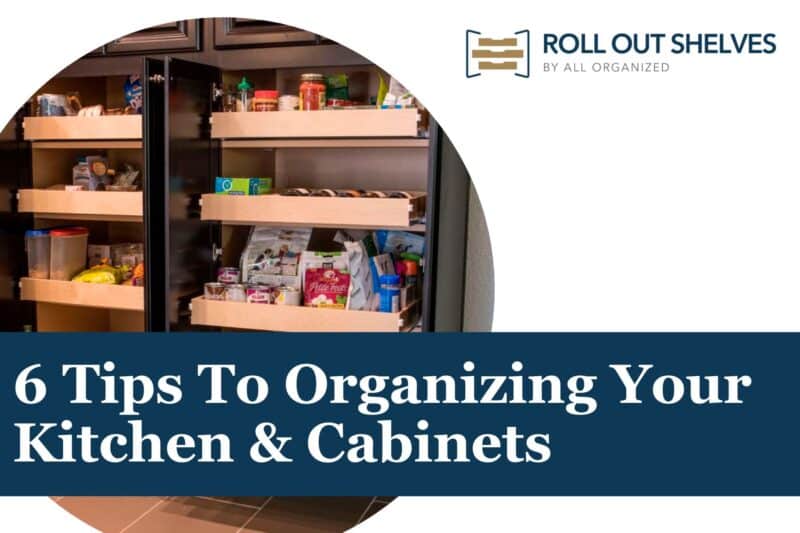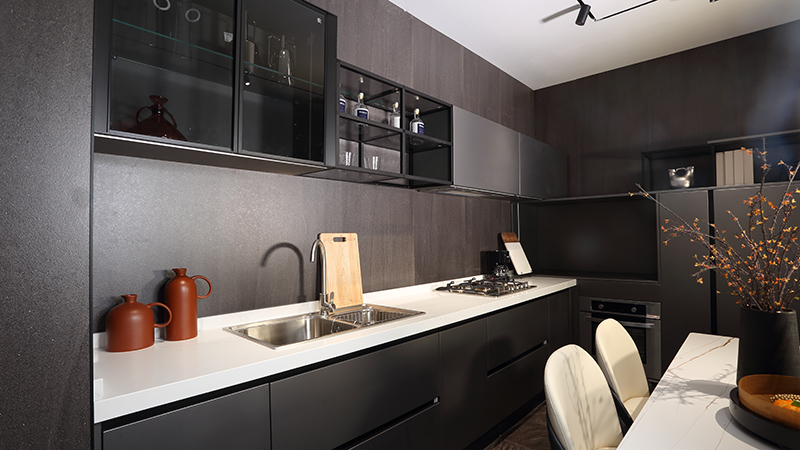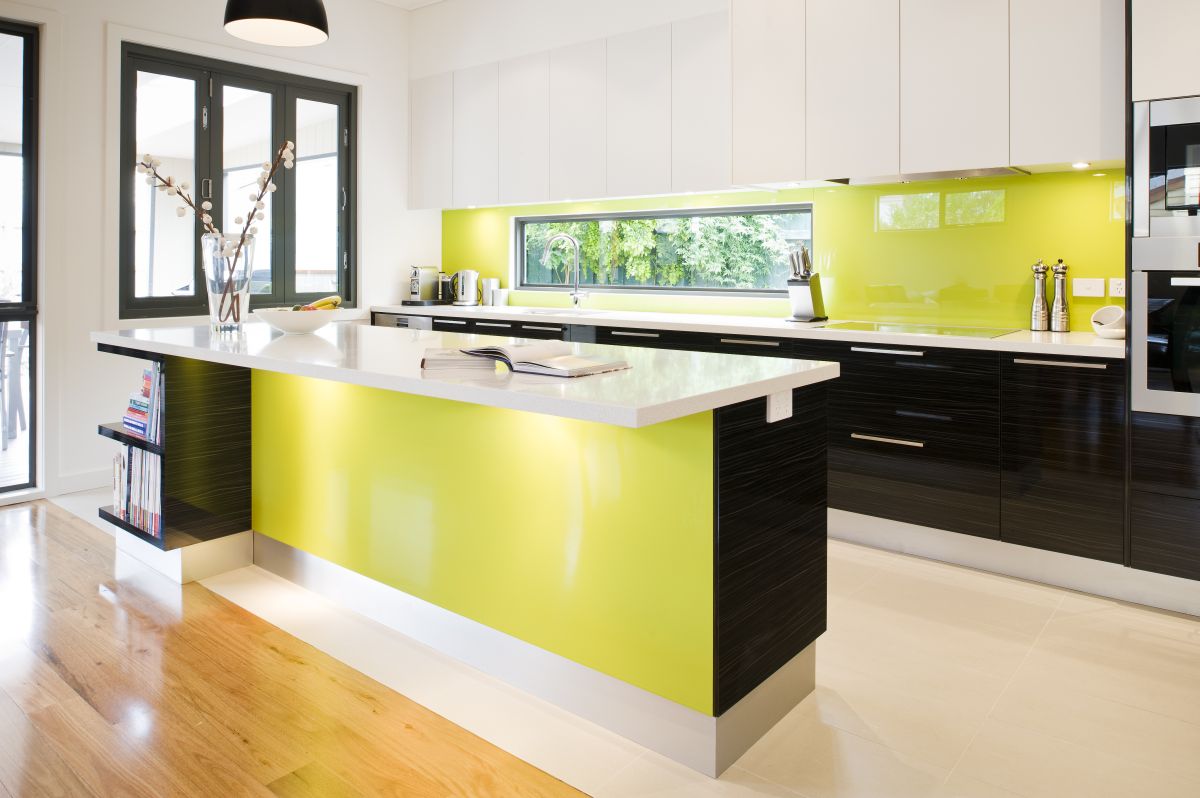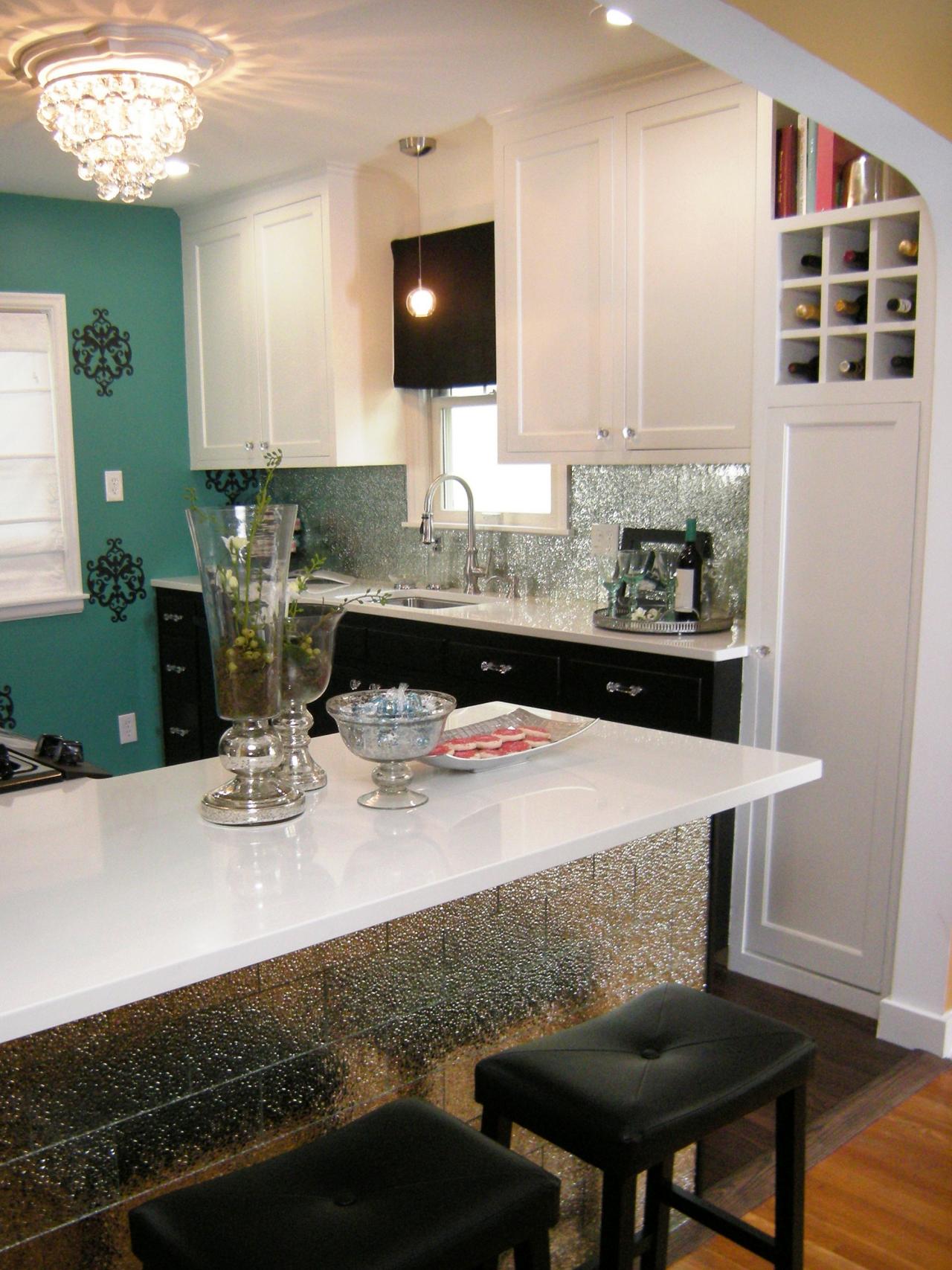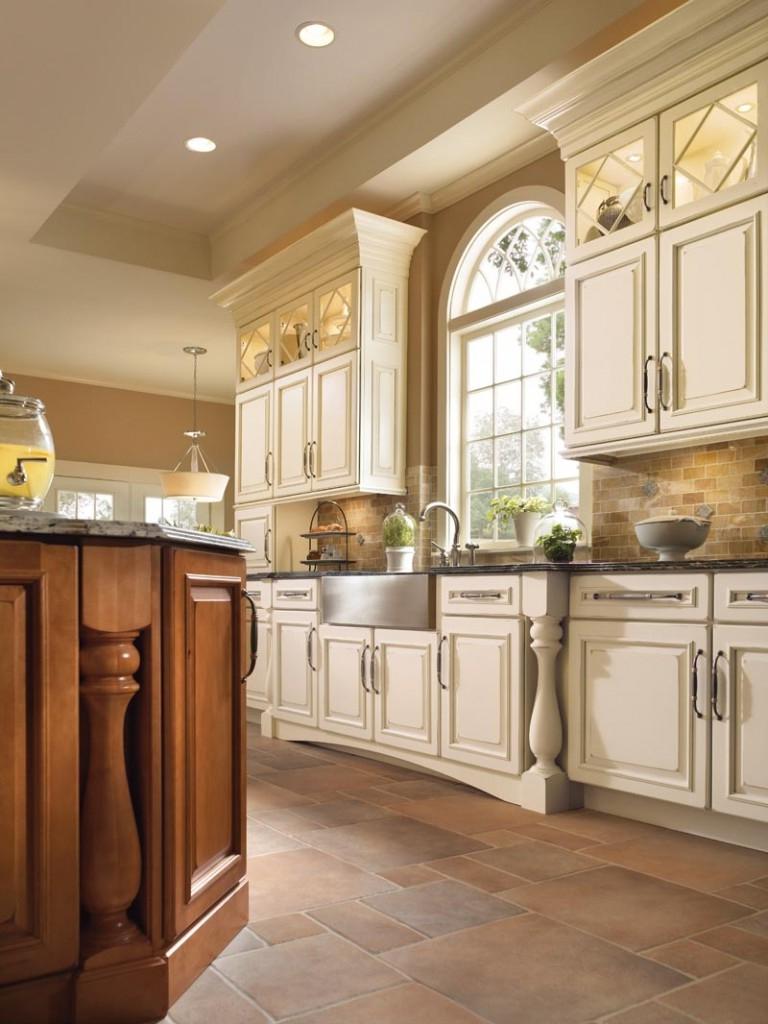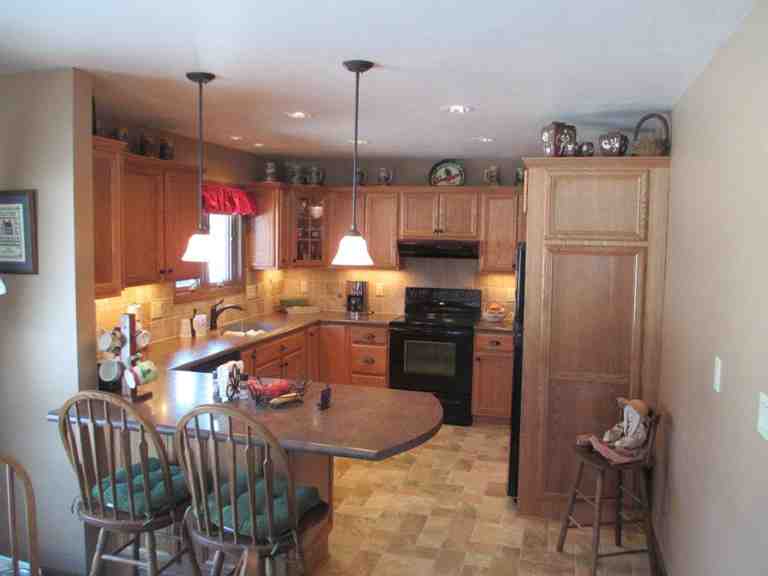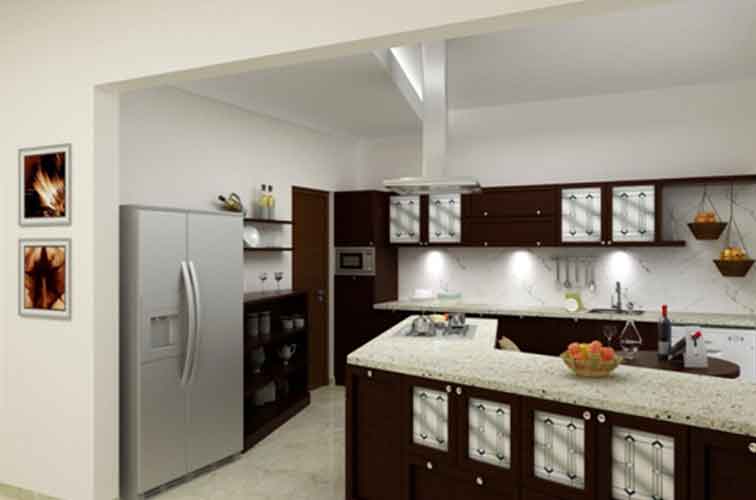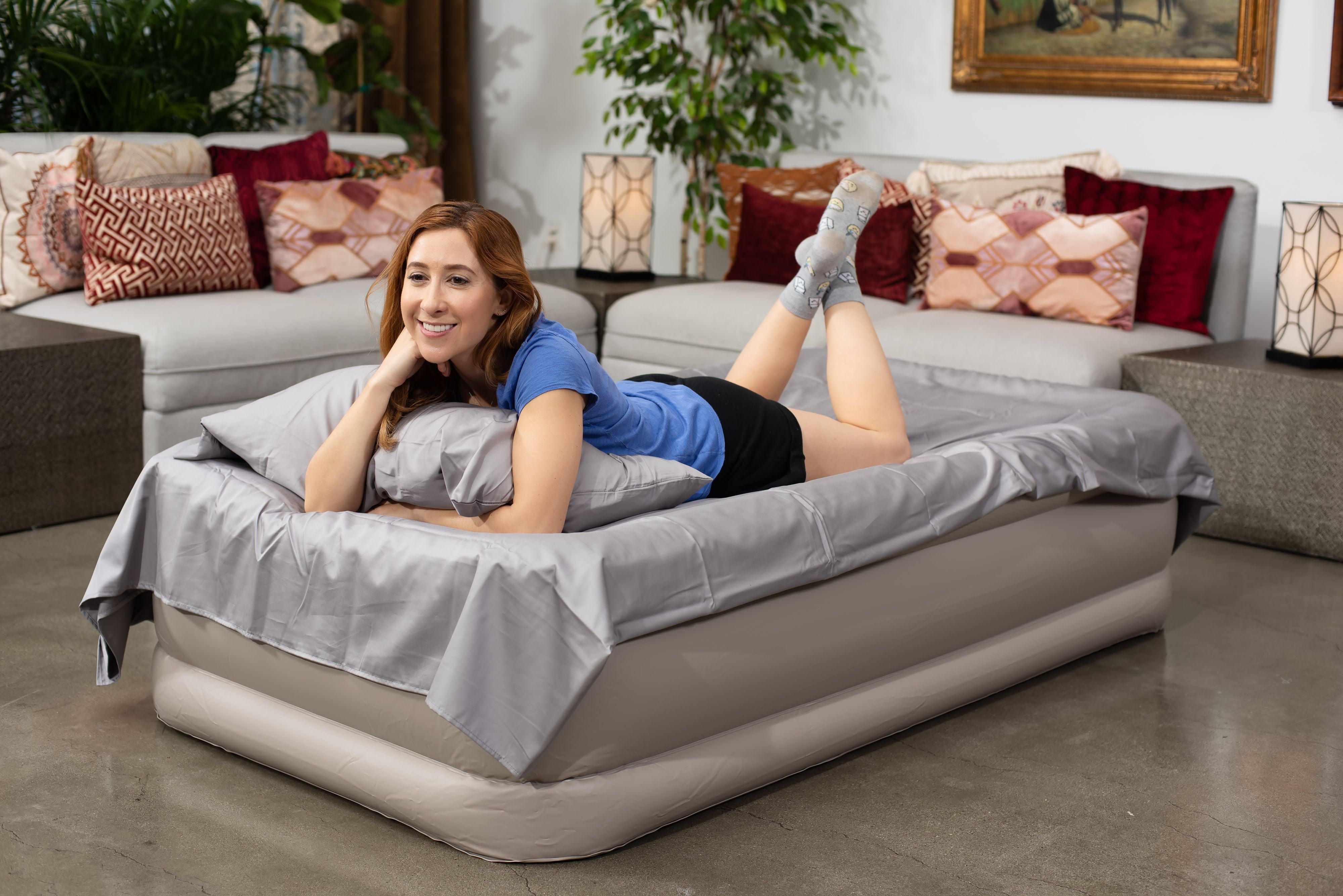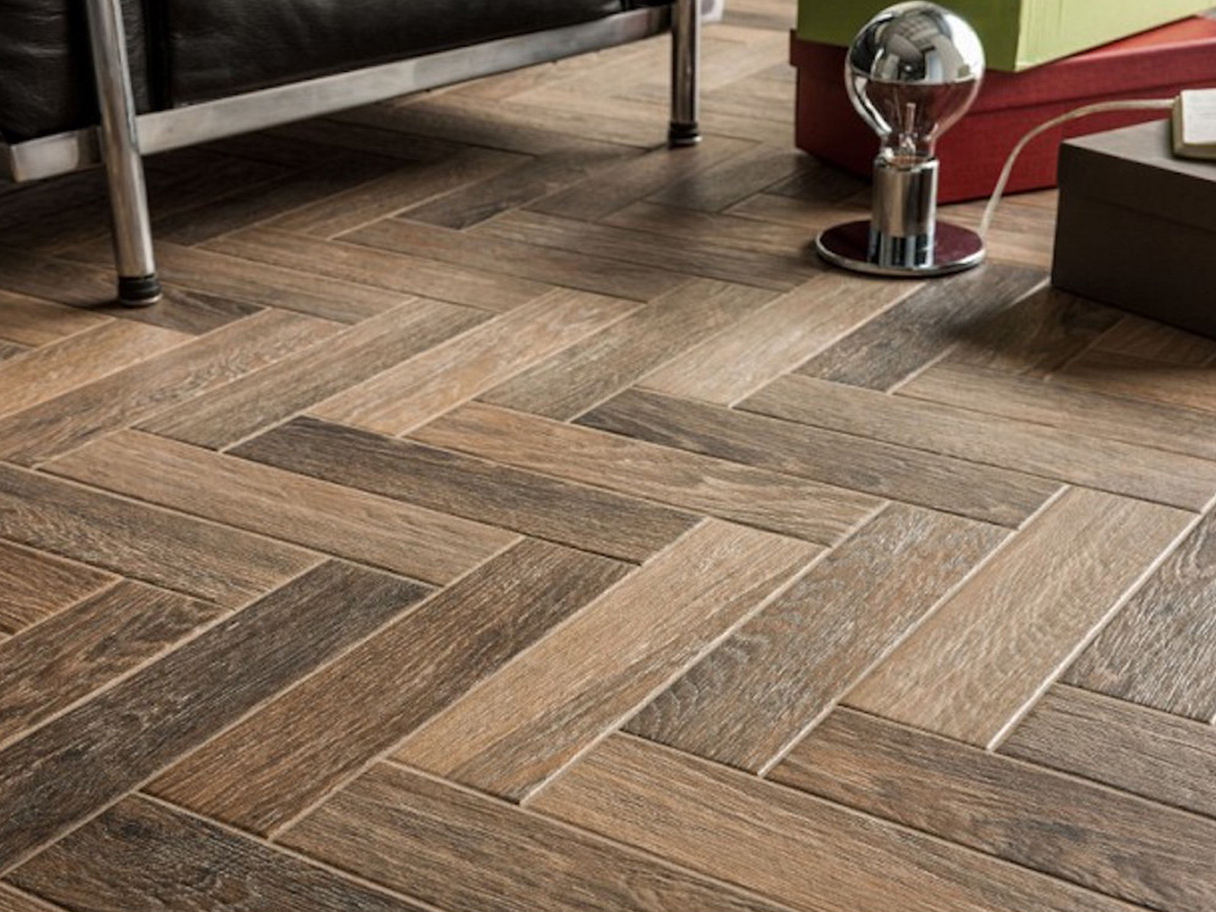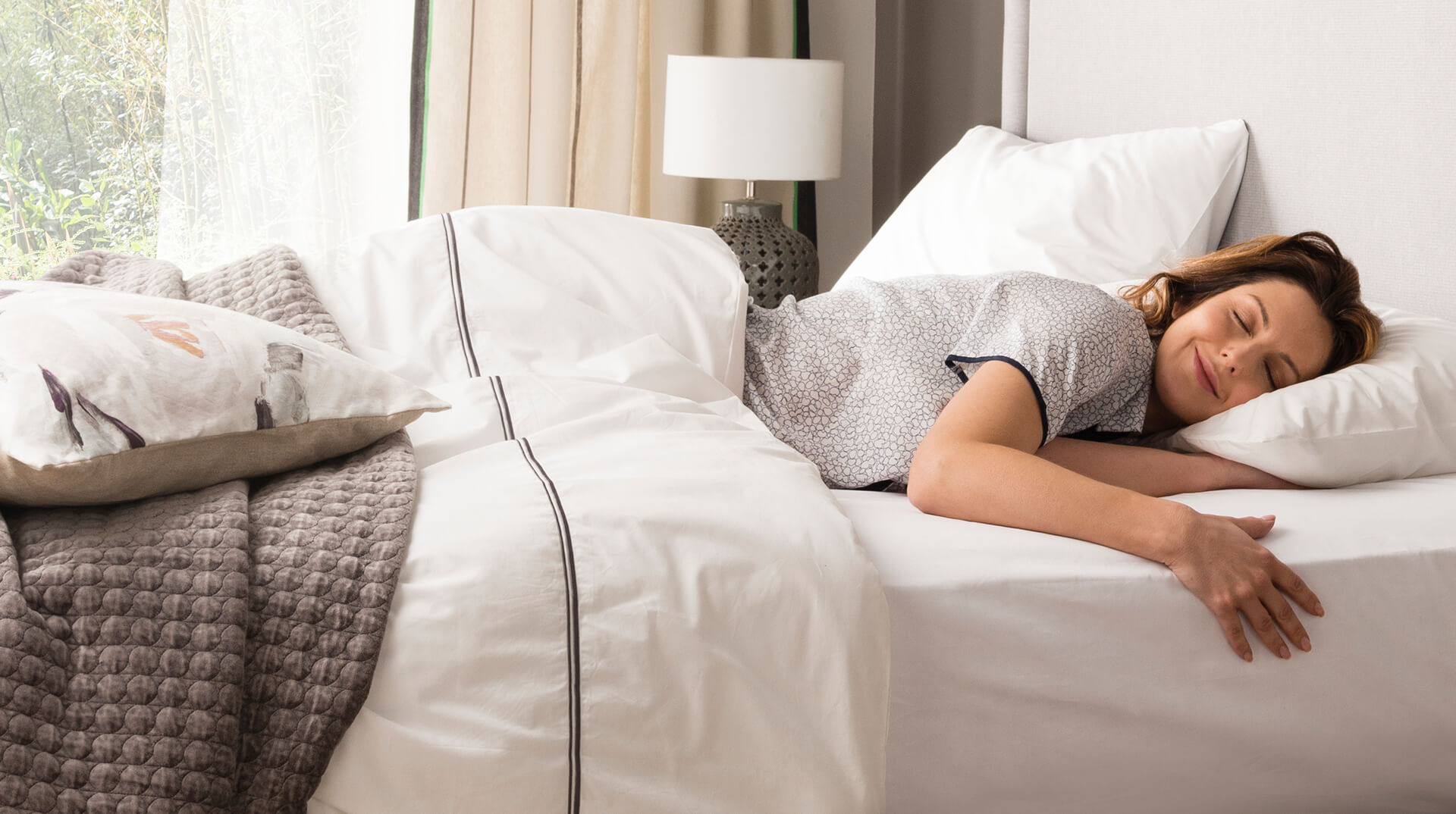If you're planning a kitchen redesign, one of the most important factors to consider is the layout. The right layout can make all the difference in the functionality and flow of your space. When designing your kitchen, keep in mind the main_5 work zones: cooking, cleaning, storage, prep, and serving. Make sure these zones are easily accessible and well-organized for maximum efficiency. Another important aspect of kitchen layout is the work triangle, which consists of the refrigerator, sink, and stove. These three areas should be in close proximity to each other to minimize the distance between them and save you time and energy while cooking.1. Kitchen Layout Tips
The color scheme of your kitchen can greatly impact the overall look and feel of the space. When choosing a color palette, consider the style and atmosphere you want to create. For a modern and sleek look, opt for a monochromatic color scheme with shades of grey, black, and white. For a more traditional and warm feel, incorporate earthy tones like beige, brown, and green. Don't be afraid to add a pop of color with accents like a vibrant backsplash or colorful kitchen accessories. Just make sure to keep the main color scheme consistent to create a cohesive and visually appealing design.2. Color Scheme Ideas for Kitchen Design
One of the biggest challenges in small kitchen design is finding enough storage space. But with some clever solutions, you can maximize every inch of your kitchen and keep it clutter-free. Utilize vertical space with tall cabinets or shelving and consider adding hooks or racks for additional storage. Using multi-functional furniture, such as a kitchen island with built-in storage or a table with drawers, can also help save space.3. Storage Solutions for Small Kitchens
Counter space is a valuable commodity in any kitchen. To make the most of it, consider installing shelves or racks above the counter for extra storage. You can also invest in appliances that can be mounted under cabinets, such as microwaves or coffee makers. Utilizing wall space with hanging baskets or utensil holders can also free up counter space.4. How to Maximize Counter Space in Your Kitchen
Lighting is an important aspect of kitchen design, not only for aesthetic reasons but also for functionality. Make sure to have a mix of ambient, task, and accent lighting to create a well-lit and inviting space. Consider adding under-cabinet lighting for better visibility while cooking and installing dimmer switches for adjustable light levels. Also, don't forget to take advantage of natural light by incorporating windows or skylights into your design.5. Lighting Design for a Functional Kitchen
When it comes to appliances, it's important to choose ones that not only fit your design aesthetic but also meet your needs and lifestyle. Consider the size, features, and energy efficiency of each appliance before making a purchase. Also, think about the placement of appliances to ensure they don't disrupt the flow of your kitchen.6. Choosing the Right Appliances for Your Kitchen
Bringing natural elements into your kitchen design can add warmth and texture to the space. Consider incorporating materials like wood, stone, or marble into your countertops, backsplash, or flooring. You can also add plants or a small herb garden to bring some greenery into your kitchen. Natural elements can also be incorporated through kitchen accessories, such as wooden cutting boards or woven baskets for storage.7. Incorporating Natural Elements in Kitchen Design
A backsplash is not only functional in protecting your walls from spills and splatters, but it can also be a statement piece in your kitchen design. Get creative with your backsplash by using materials like subway tiles, mosaic tiles, or even reclaimed wood. You can also play with different patterns and colors to add visual interest to your kitchen.8. Creative Backsplash Ideas for Your Kitchen
An organized kitchen is a happy kitchen. Make the most of your cabinet space by utilizing organizers, such as pull-out shelves, dividers, and lazy susans. Group similar items together and label your cabinets for easy access and organization. Consider donating or getting rid of items you don't regularly use to free up even more space.9. Tips for Organizing Your Kitchen Cabinets
Redesigning your kitchen doesn't have to break the bank. Save money by repurposing and updating existing cabinets instead of replacing them. Shop for appliances and materials during sales or look for second-hand options. You can also make small changes, like updating hardware or adding a fresh coat of paint, to give your kitchen a new look without a big price tag.10. Budget-Friendly Kitchen Design Tips
5 Kitchen Design Tips to Create a Functional and Stylish Space

When it comes to house design, the kitchen is often considered the heart of the home. It's where meals are prepared, memories are made, and family and friends gather. Therefore, it's important to design a kitchen that is not only functional but also reflects your personal style. Here are 5 kitchen design tips to help you create a space that is both practical and visually appealing.

Kitchen Layout: The layout of your kitchen is crucial as it determines how efficient and functional the space will be. The most common kitchen layouts are the L-shaped, U-shaped, and galley. When choosing a layout, consider the size and shape of your kitchen, the location of doors and windows, and the flow of traffic. The layout should also allow for enough counter space and storage.
Lighting: Good lighting is essential in any kitchen design. It not only sets the mood and ambiance but also helps with tasks such as cooking and cleaning. Natural light is always preferred, so if possible, incorporate windows or skylights into your kitchen. In addition, consider layering different types of lighting, such as overhead lights, under-cabinet lights, and pendant lights, to create a well-lit and visually appealing space.
Color Scheme: The color scheme you choose for your kitchen can greatly impact the overall look and feel of the space. Neutral colors such as white, gray, and beige are popular choices as they create a clean and timeless look. However, don't be afraid to add pops of color through accessories or a bold accent wall. Just make sure to stick to a cohesive color palette to avoid a chaotic and overwhelming space.
Storage: A well-designed kitchen should have ample storage to keep the space clutter-free and organized. Consider incorporating a mix of cabinets, drawers, and open shelving to accommodate different items. Utilize vertical space by installing tall cabinets or shelves, and don't forget about often overlooked spaces such as above the fridge or below the sink.
Personal Touches: Your kitchen should not only be functional but also reflect your personal style. Incorporating personal touches, such as artwork, plants, or unique accessories, can add character and make the space feel more inviting. Don't be afraid to mix and match different textures and materials to create a one-of-a-kind look.
By following these 5 kitchen design tips, you can create a space that is both functional and stylish. Remember to consider the layout, lighting, color scheme, storage, and personal touches when designing your kitchen. With a well-designed kitchen, you can enjoy cooking and entertaining in a space that truly feels like the heart of your home.



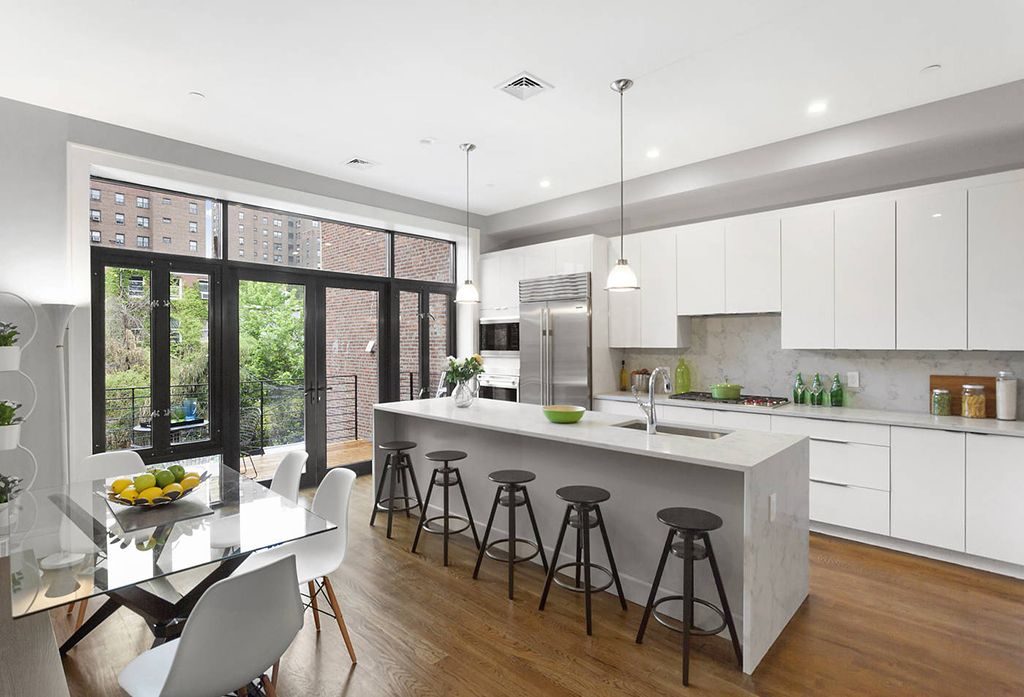
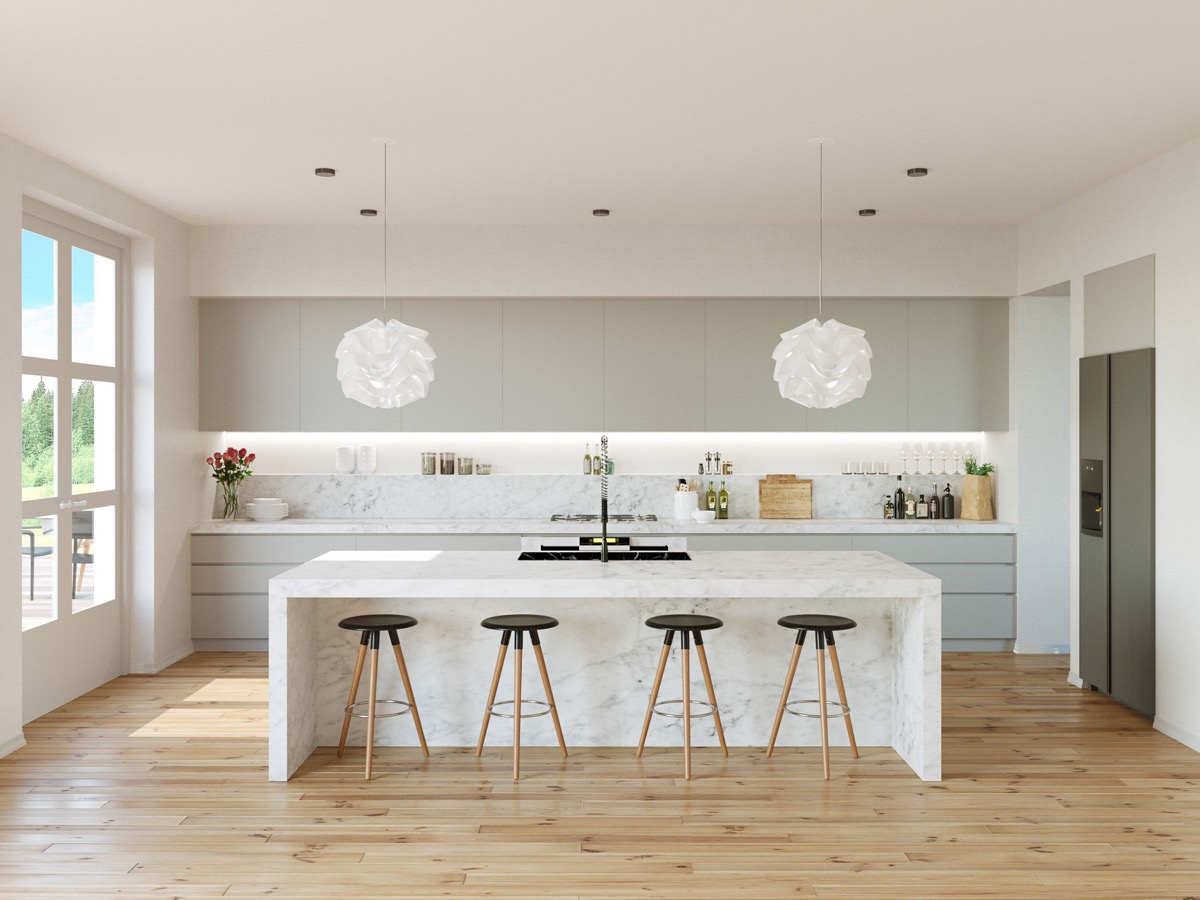

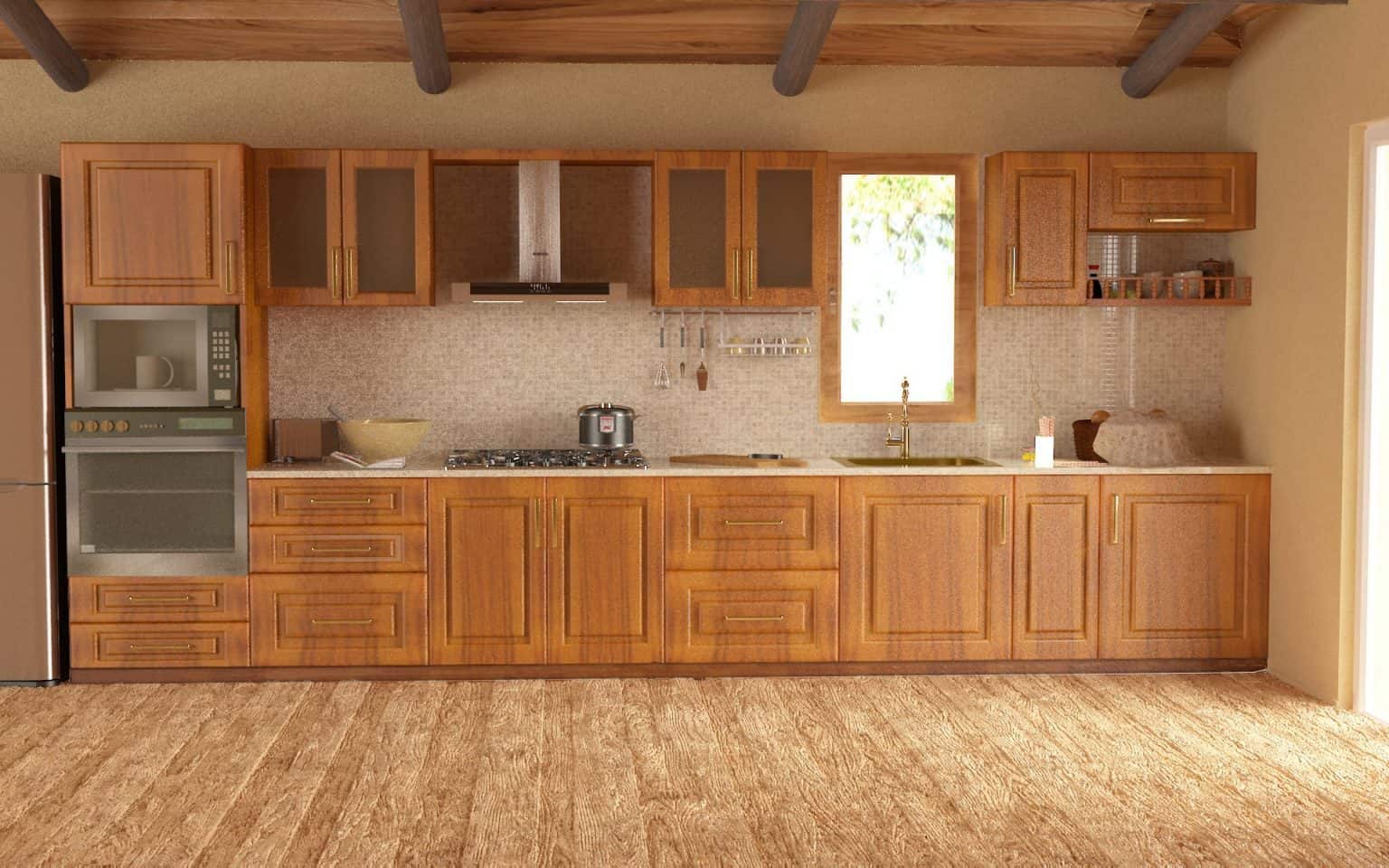
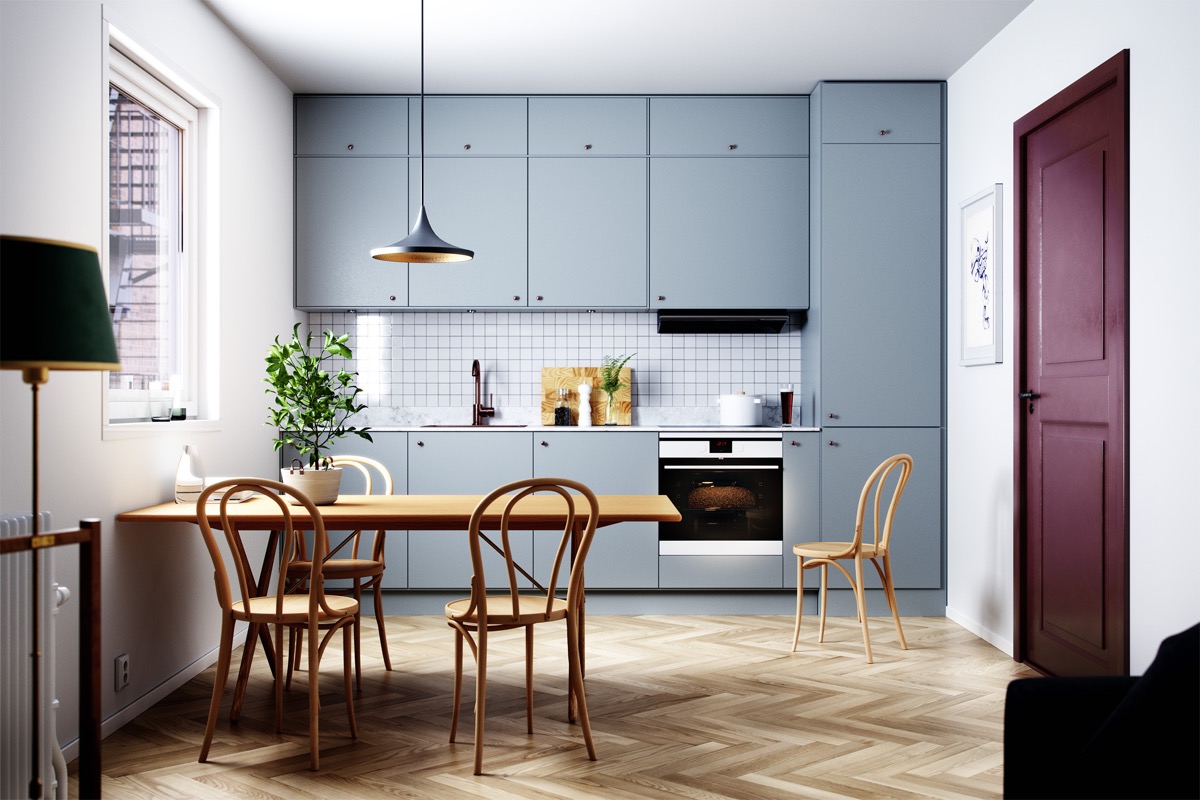
/exciting-small-kitchen-ideas-1821197-hero-d00f516e2fbb4dcabb076ee9685e877a.jpg)
:max_bytes(150000):strip_icc()/MLID_Liniger-84-d6faa5afeaff4678b9a28aba936cc0cb.jpg)
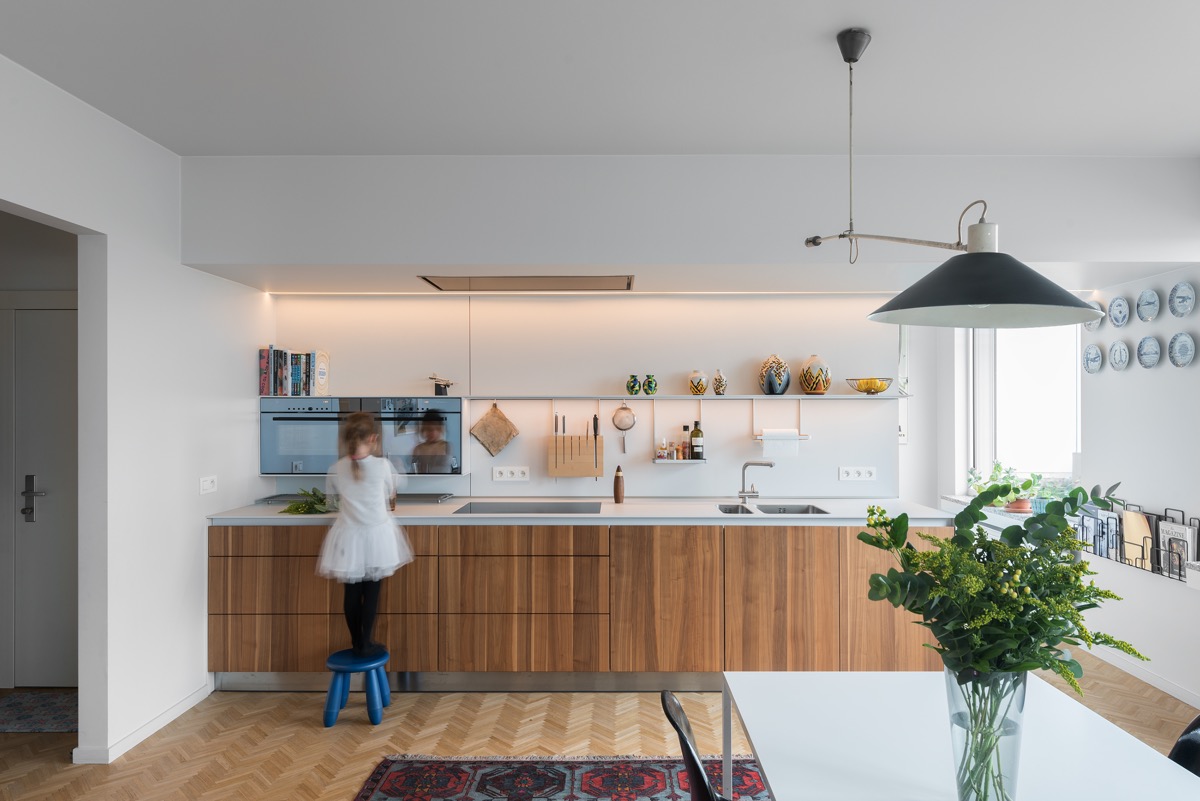



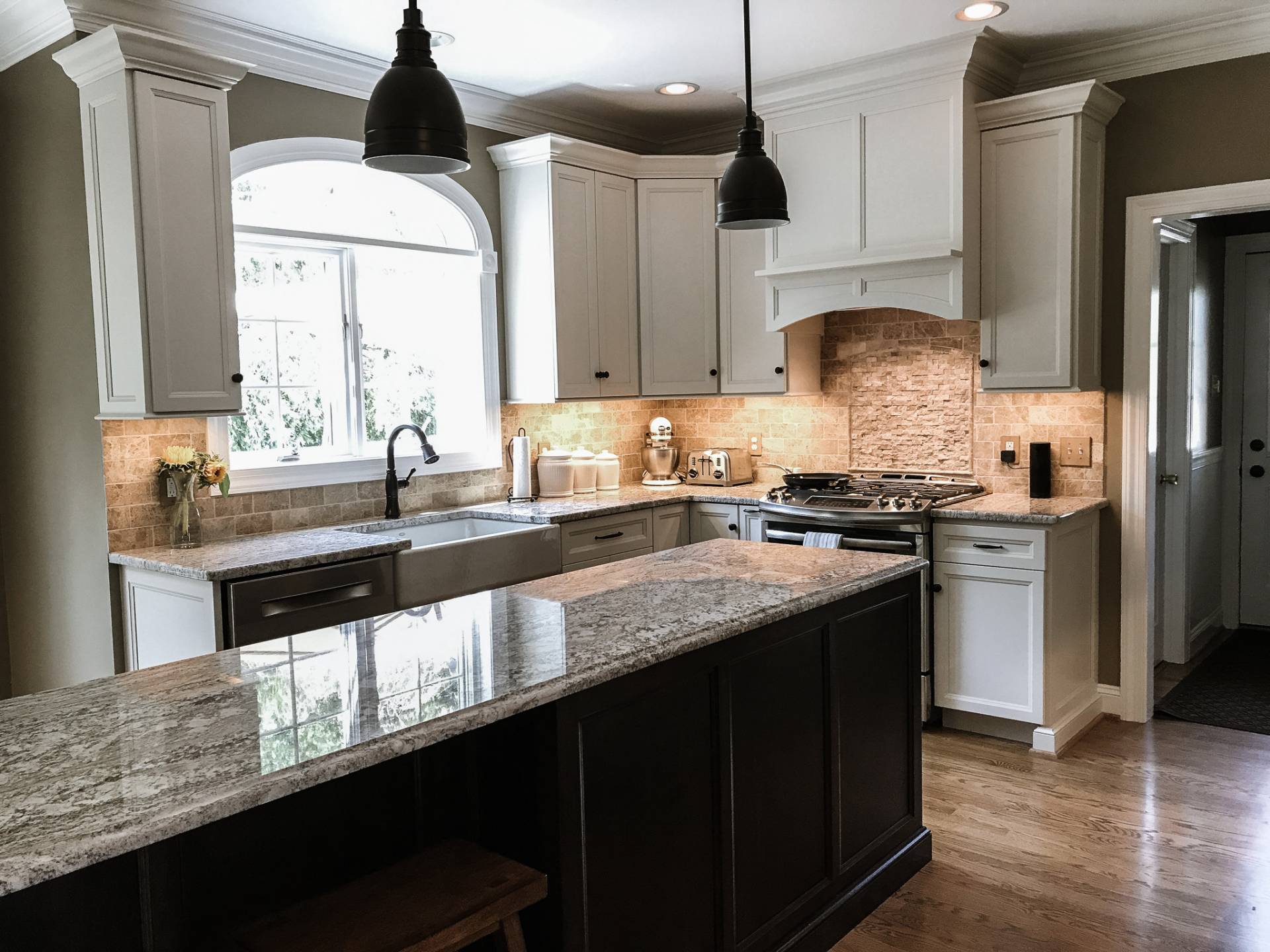
/Myth_Kitchen-56a192773df78cf7726c1a16.jpg)
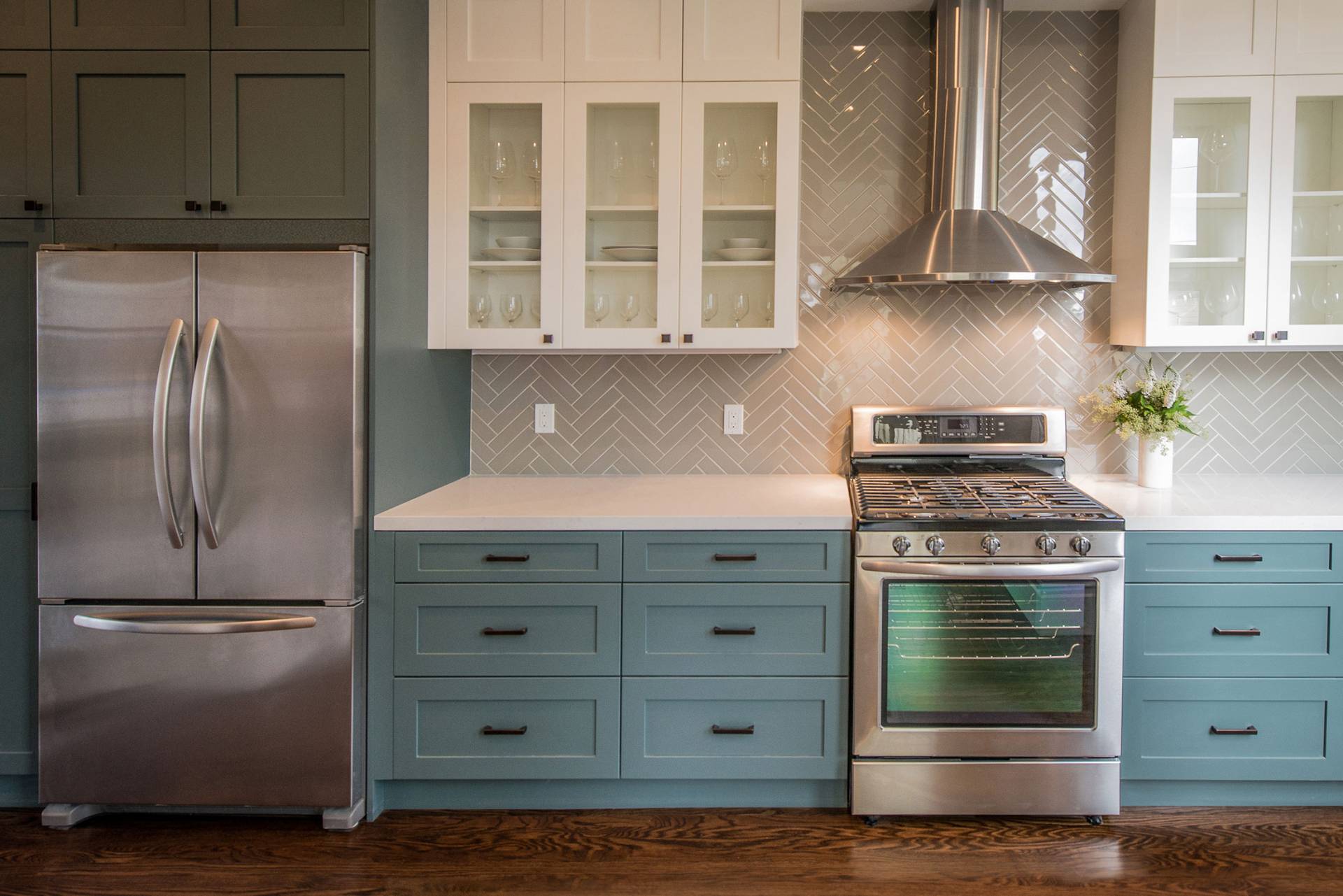


:max_bytes(150000):strip_icc()/super-easy-kitchen-color-ideas-3960440-hero-a23104471e6544378714cf4eac5f808f.jpg)






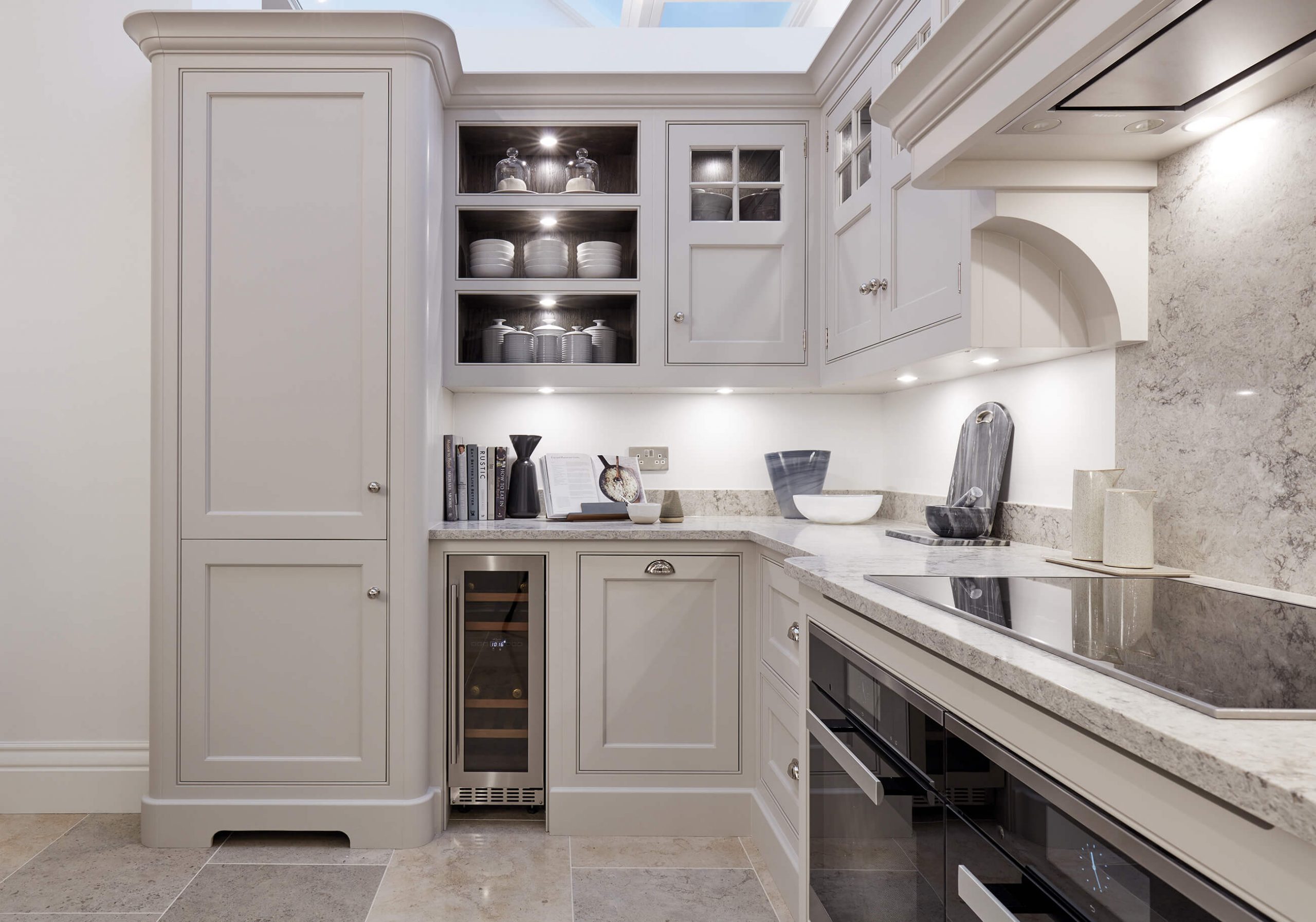

.jpg)

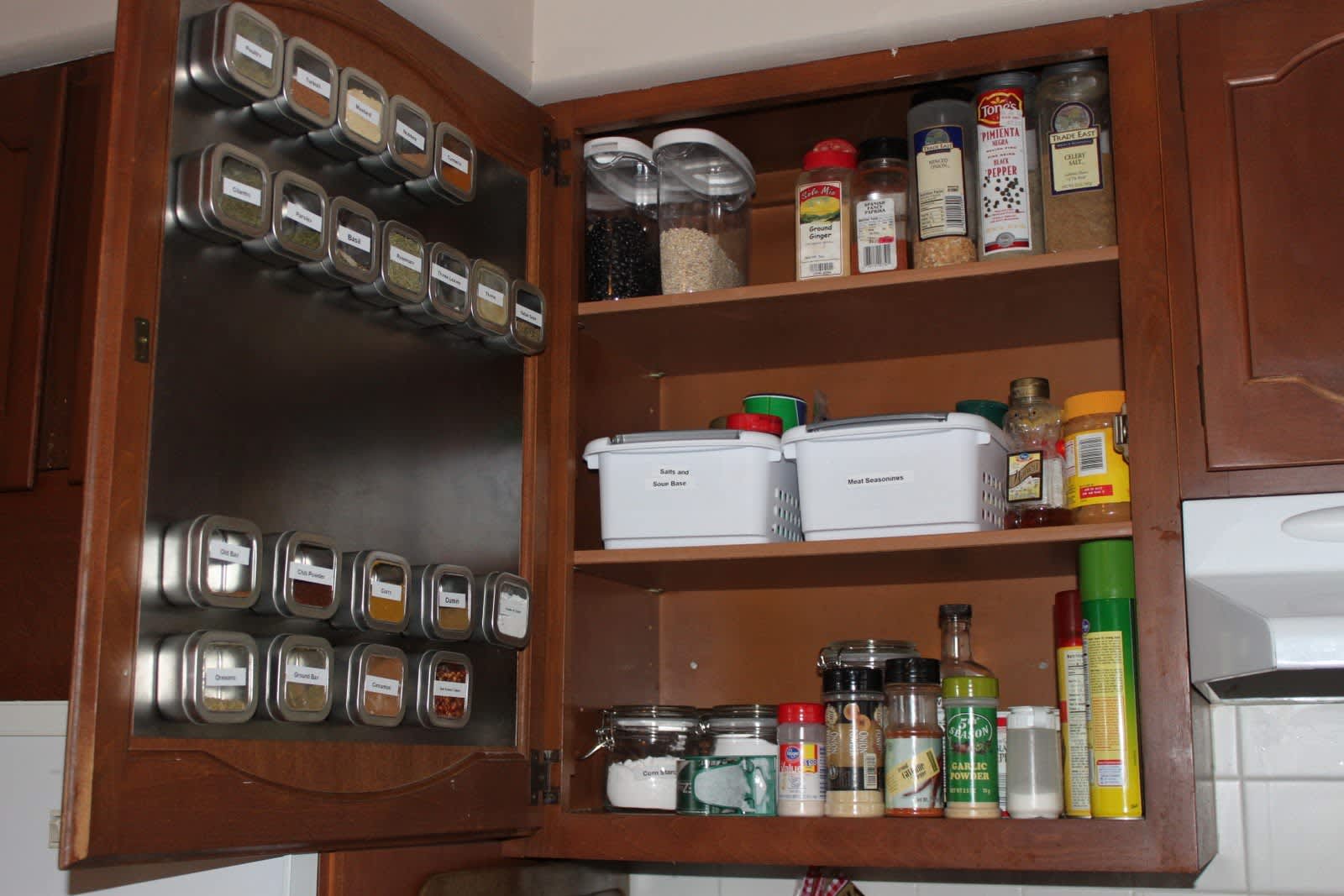

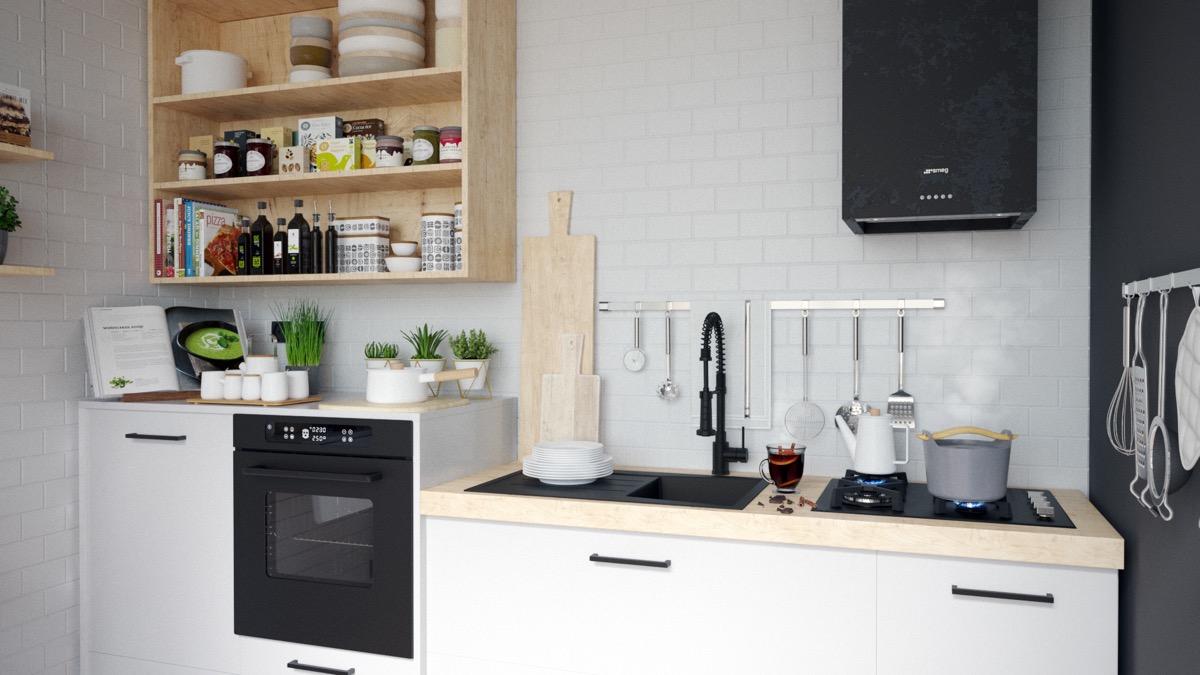





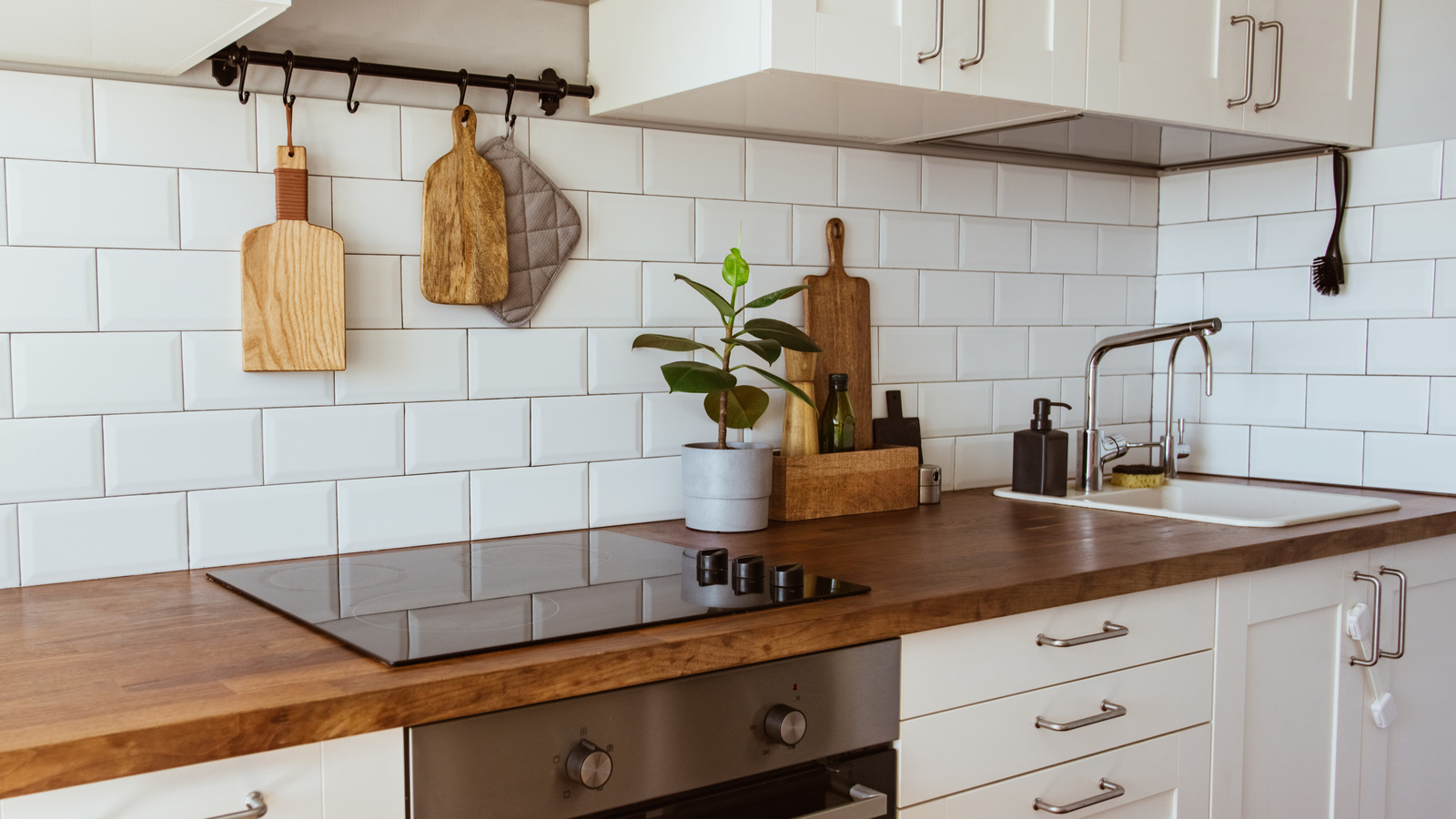
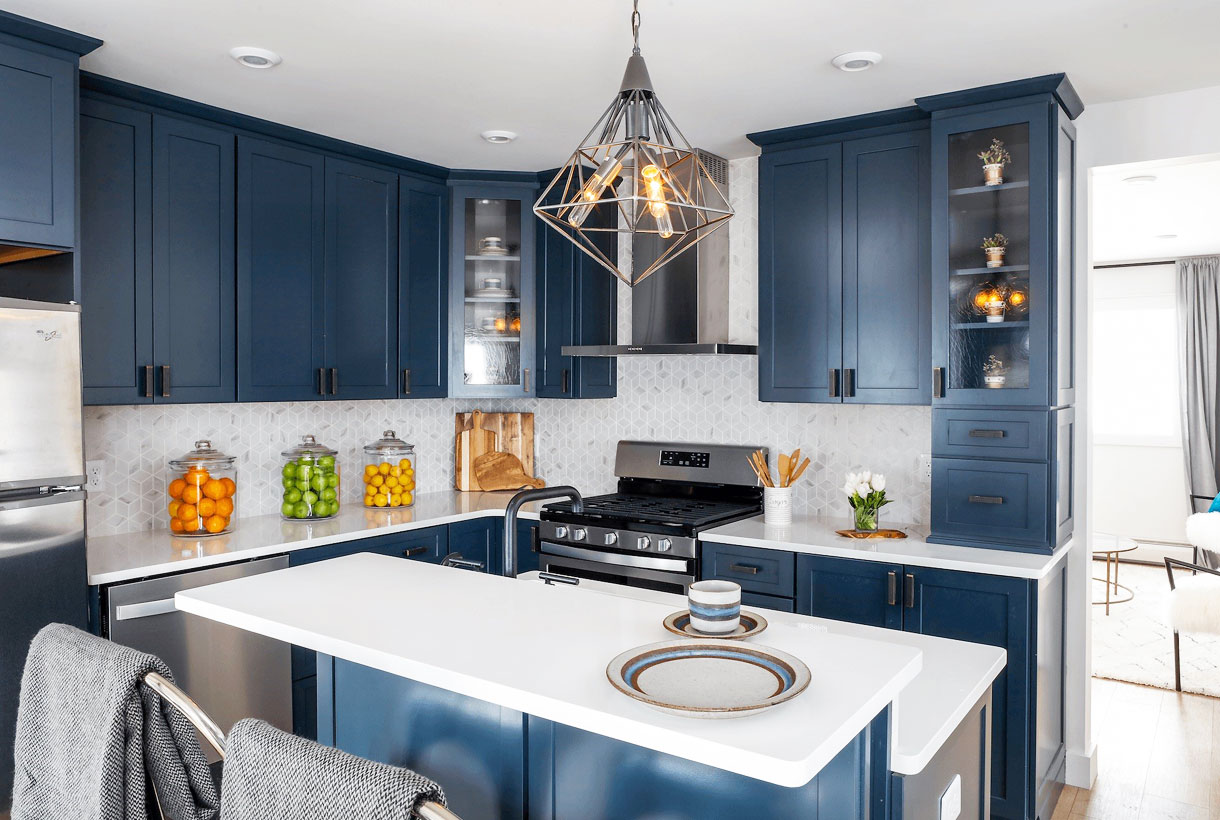
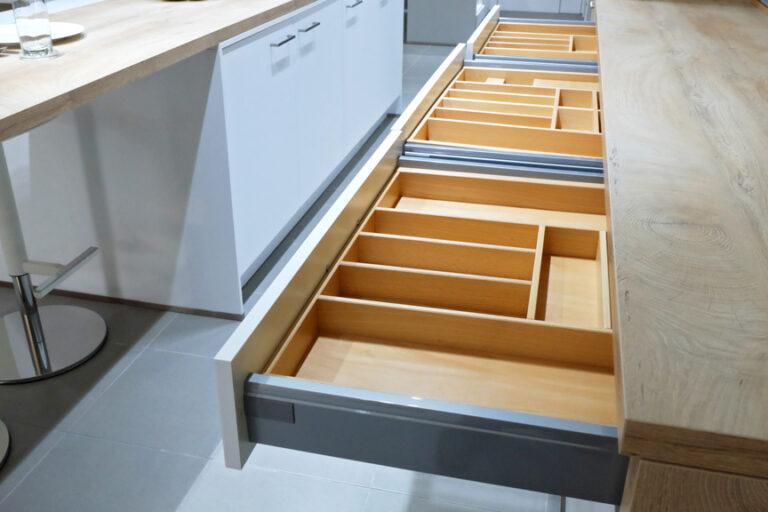
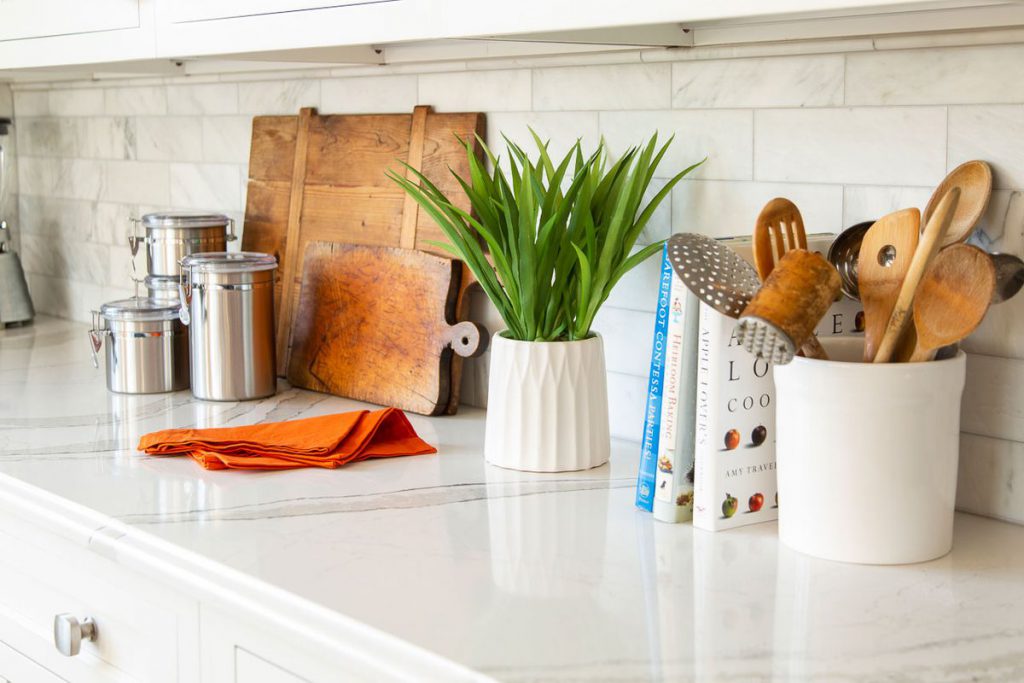




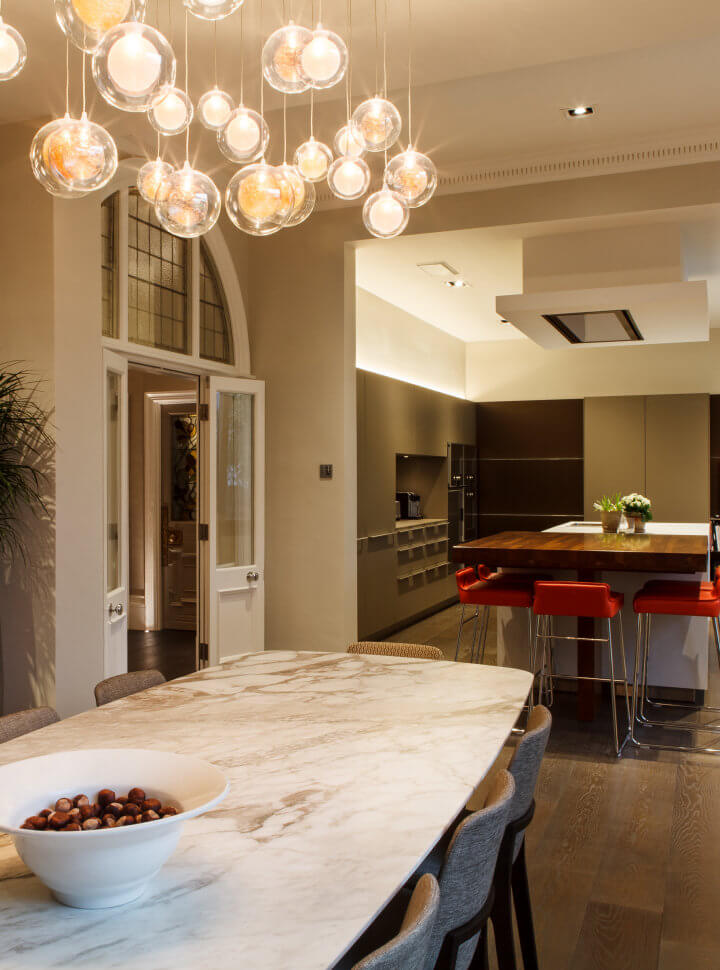








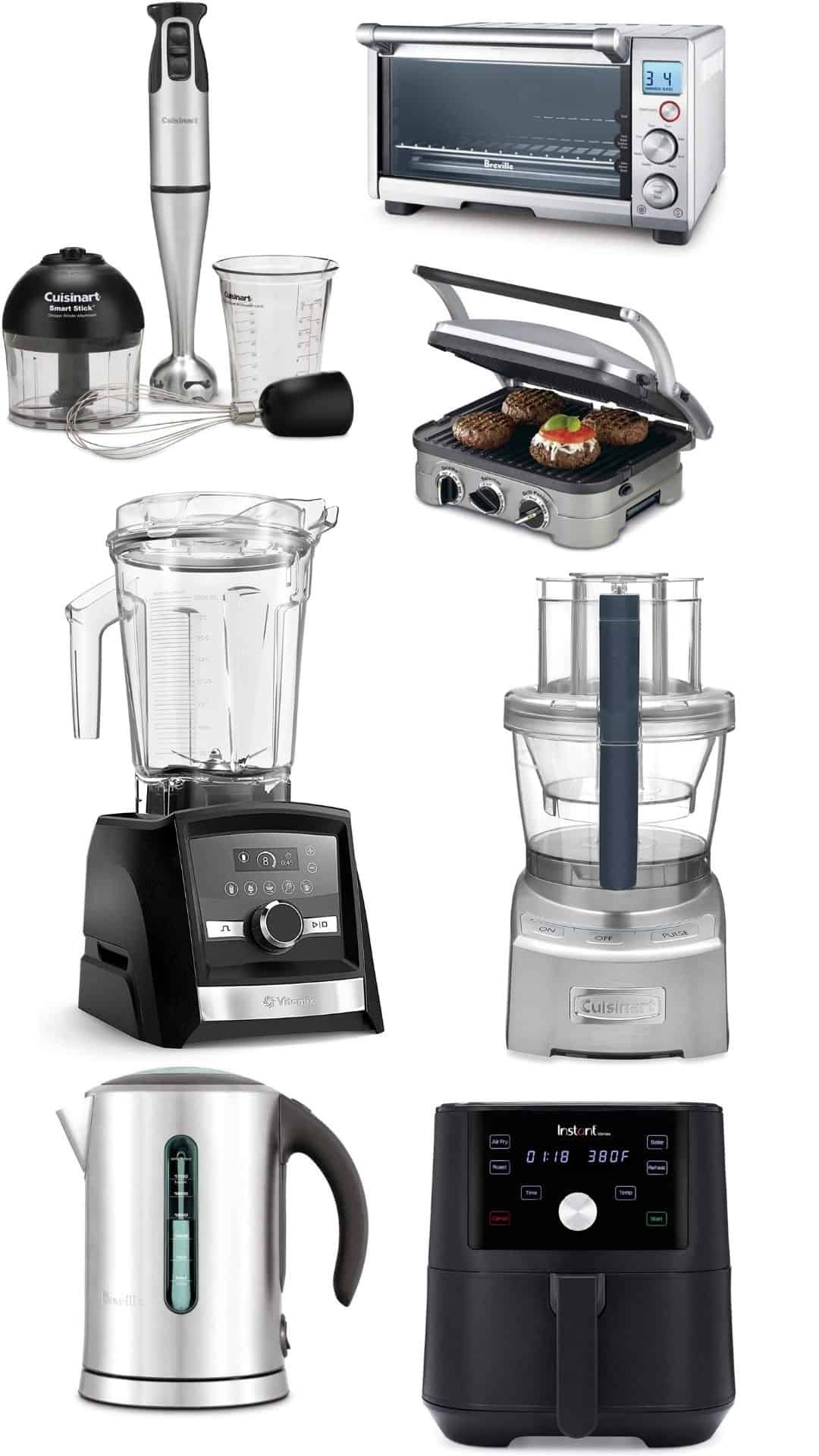
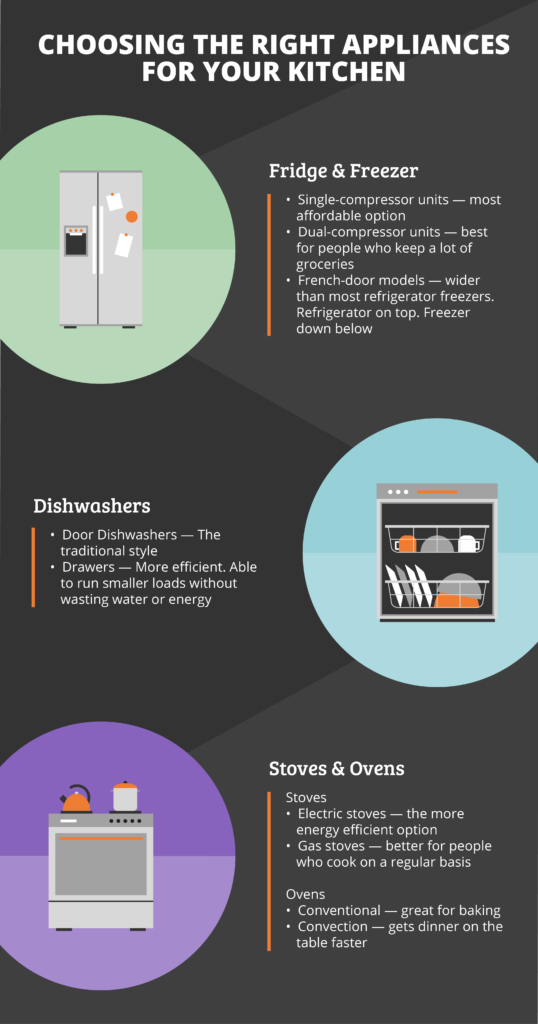


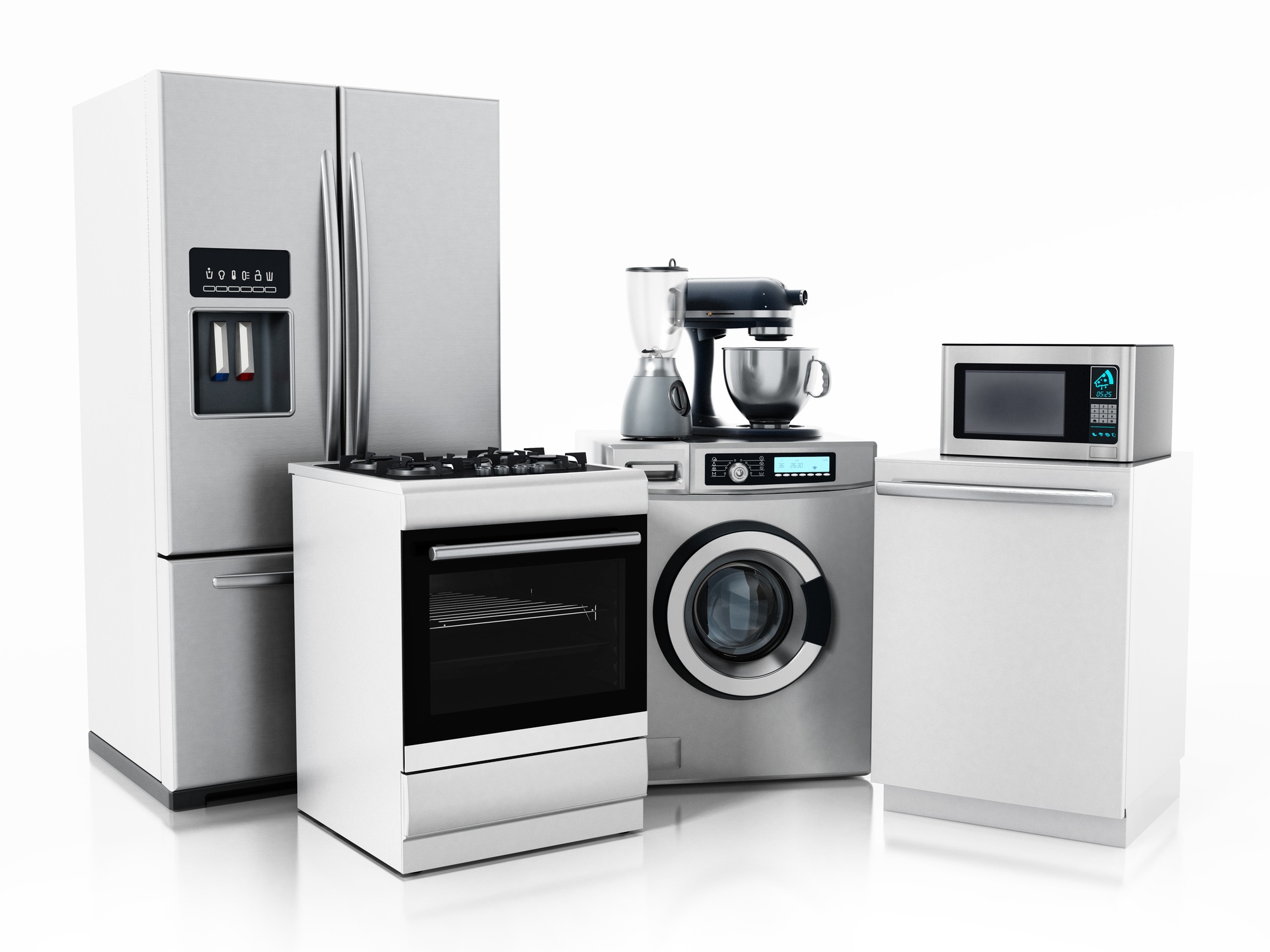




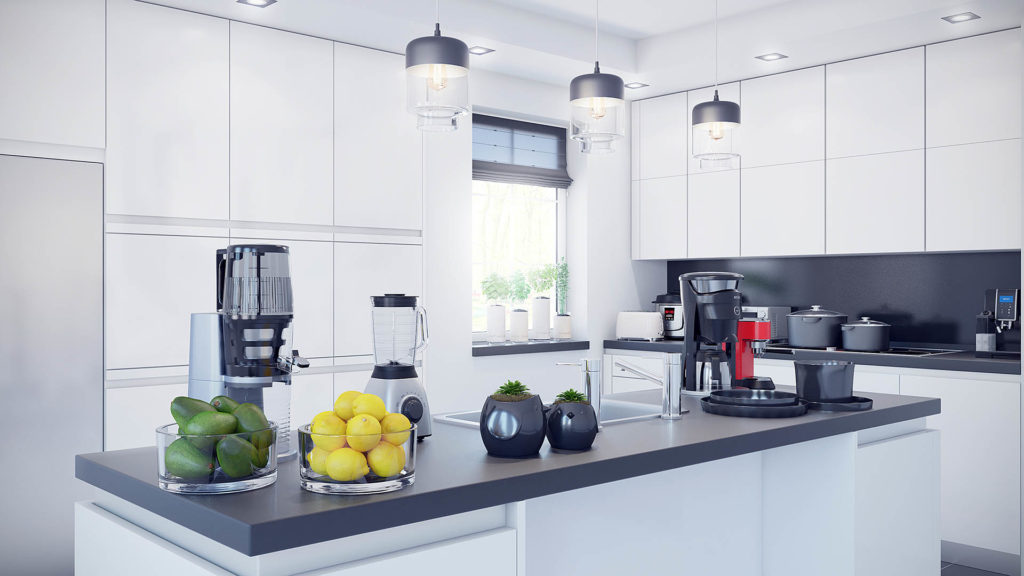

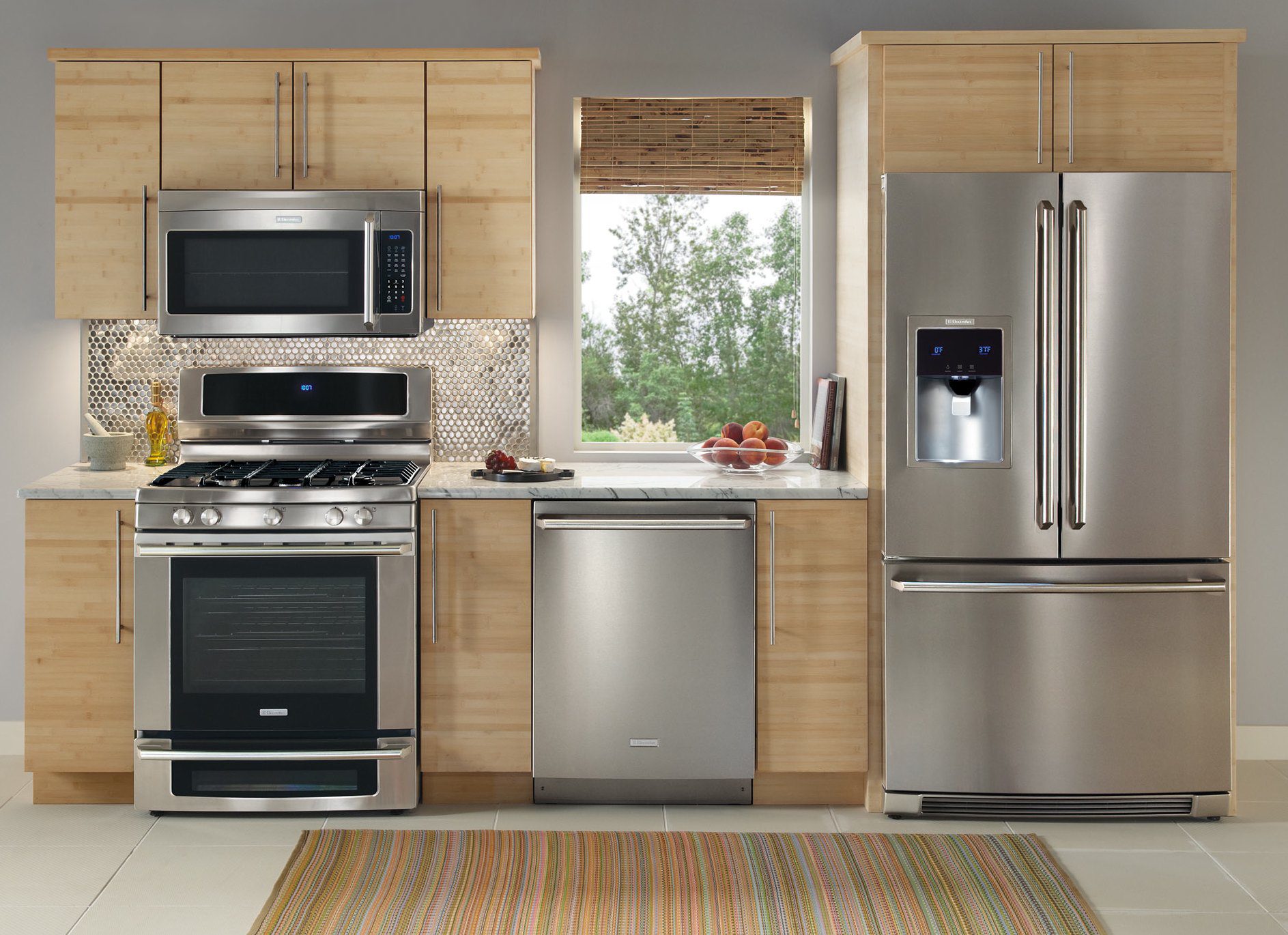








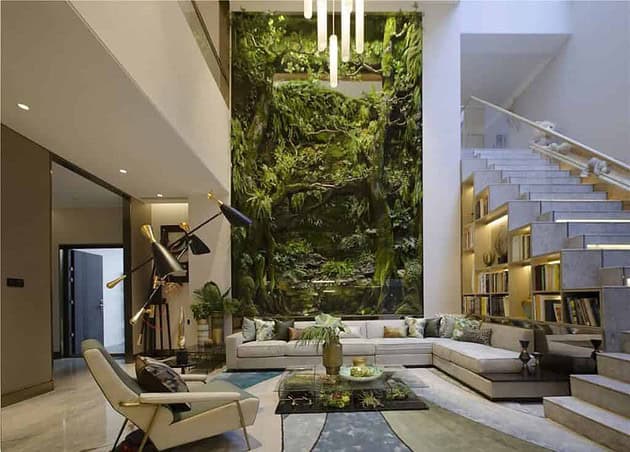



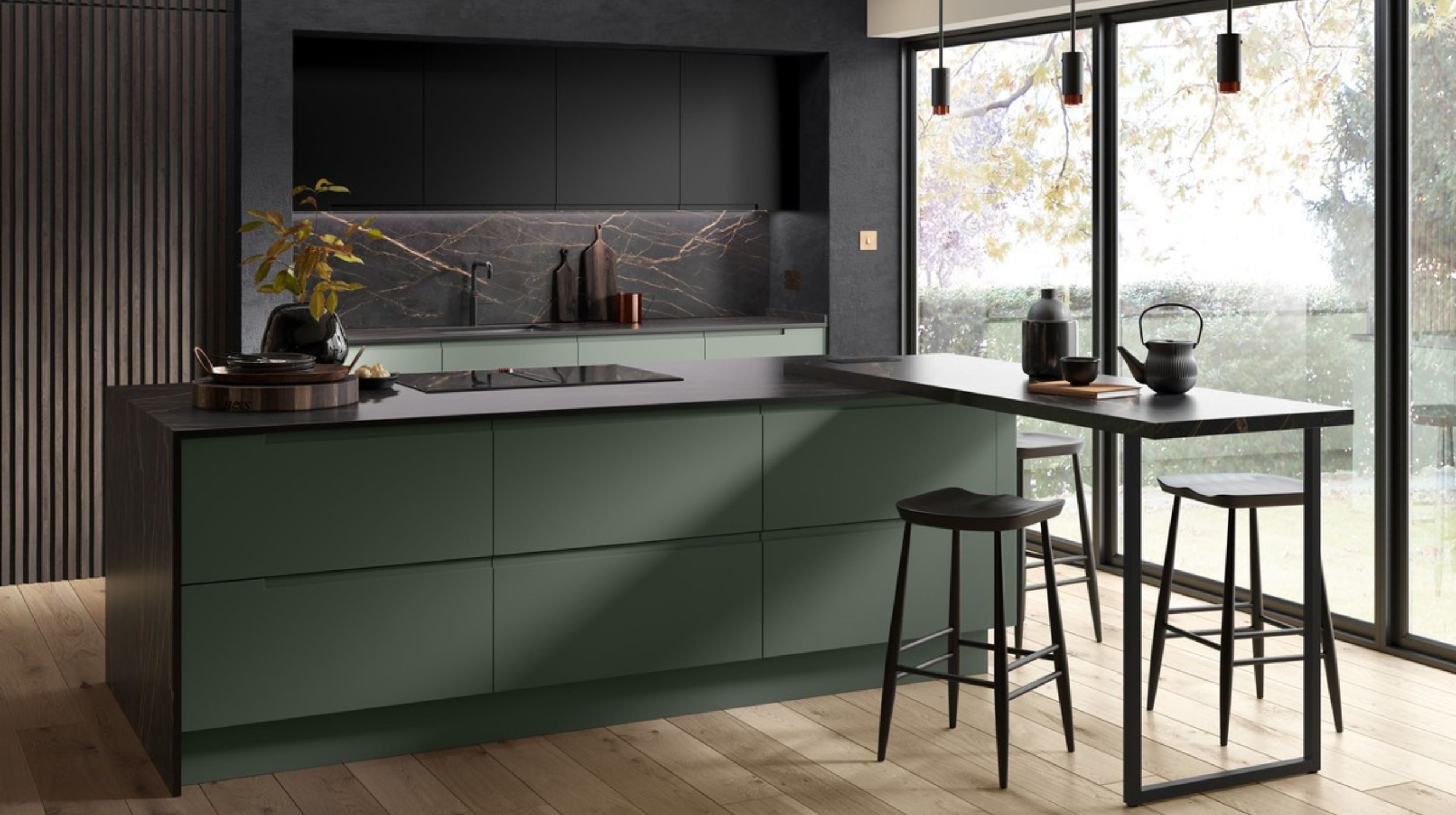



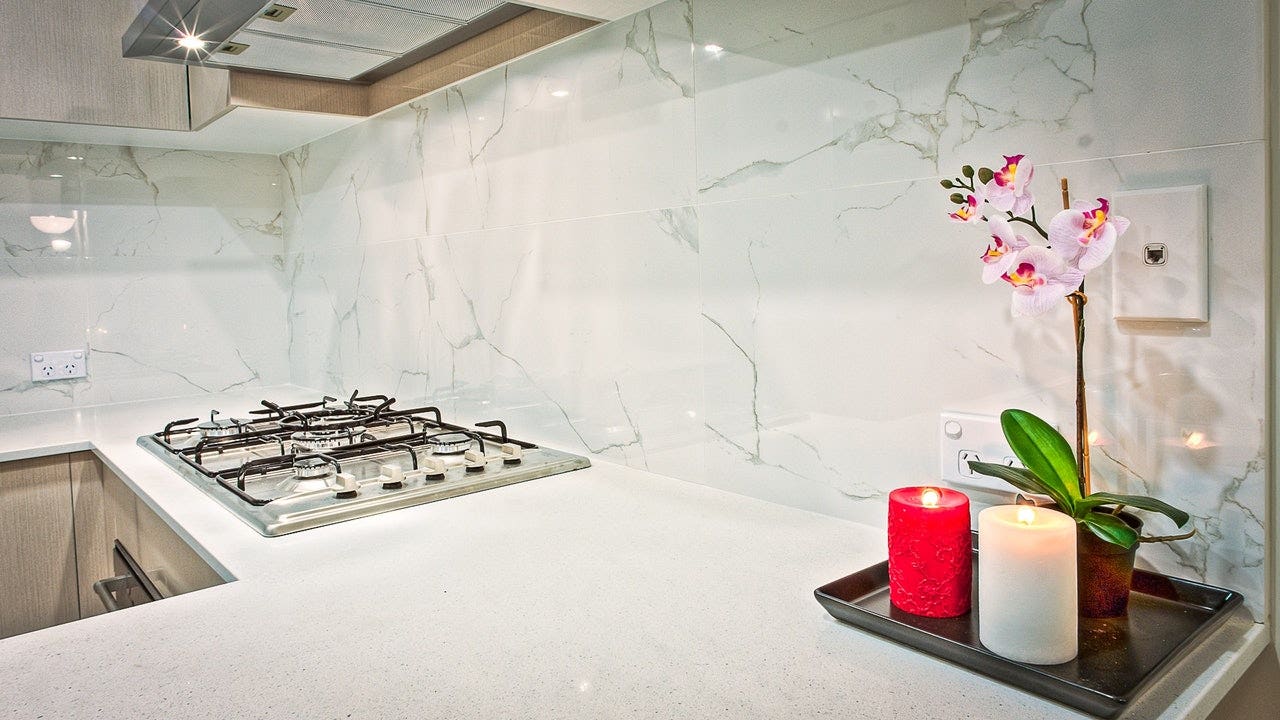
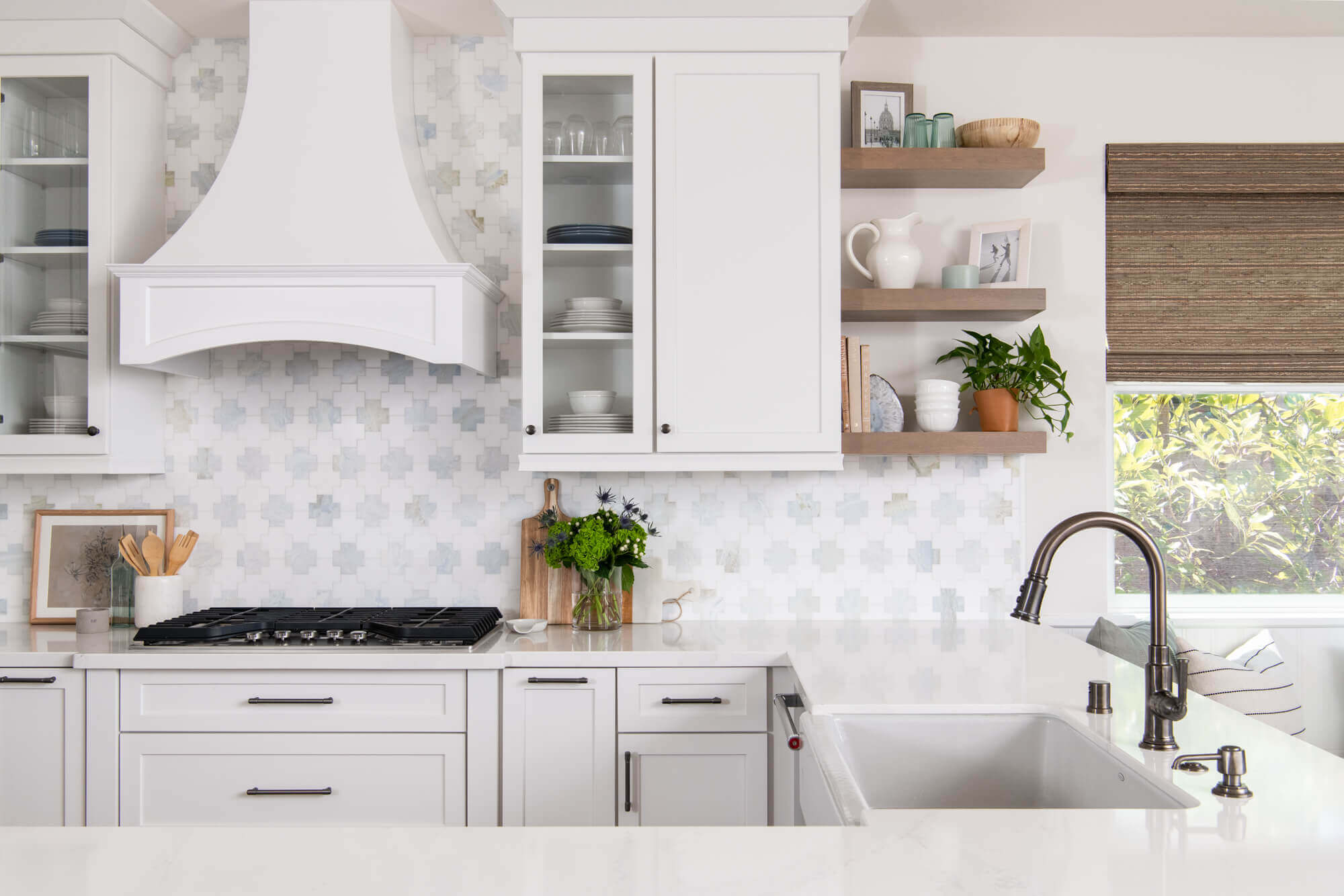
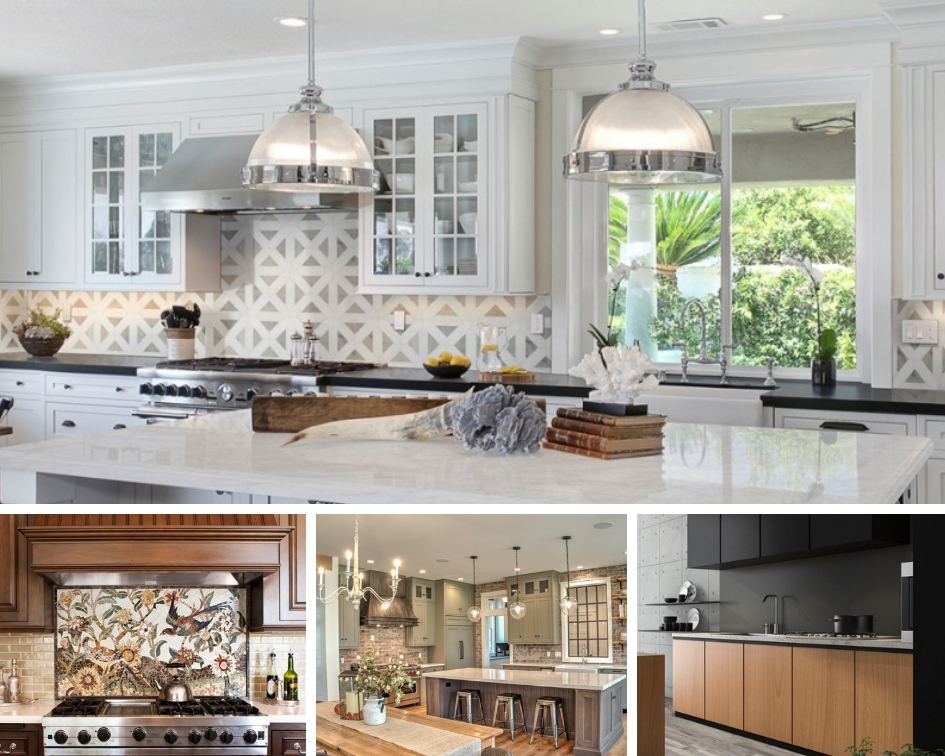
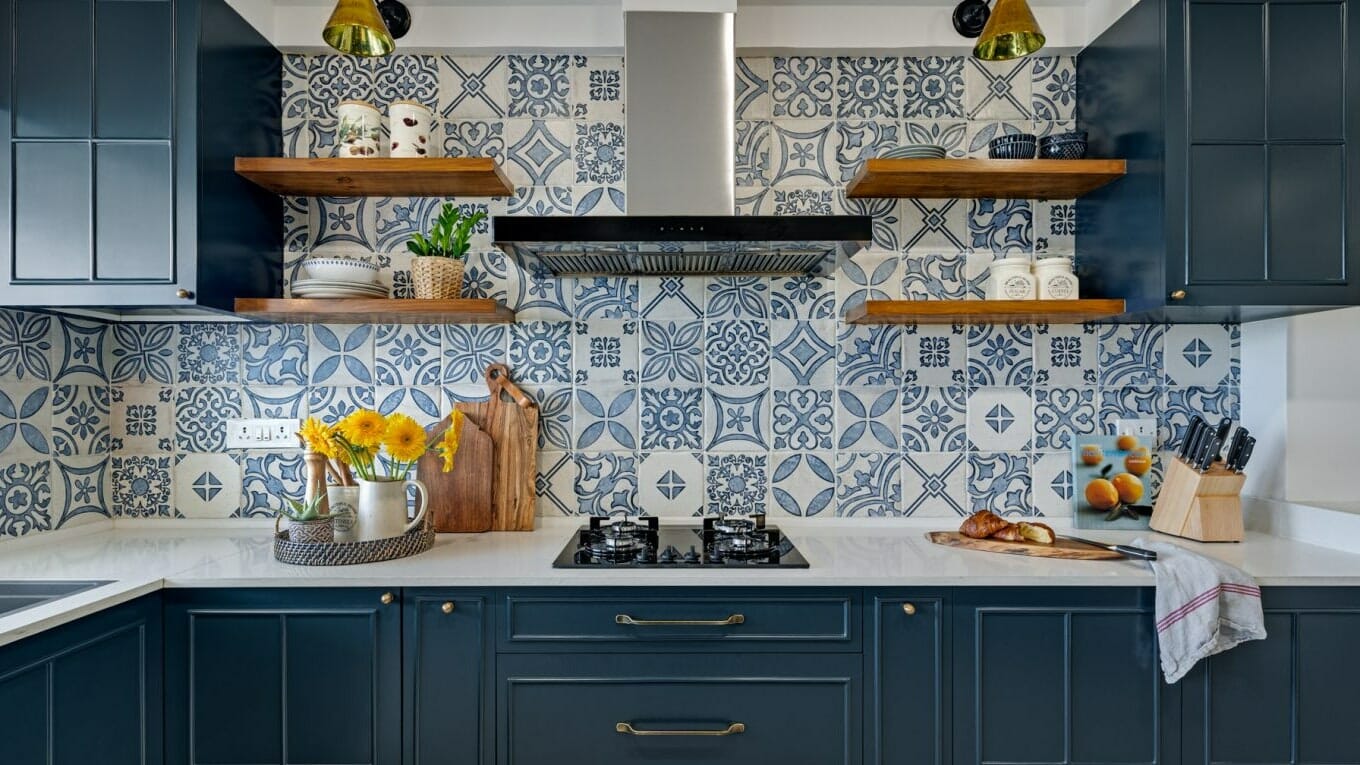

:max_bytes(150000):strip_icc()/Wallpaper-Backsplash-Spoonflower-The-Spruce-59289a705f9b5859508c23c0.jpg)





:max_bytes(150000):strip_icc()/organize-your-kitchen-cabinets-2648622-04-6931115e04784603b782c69ec181d6ec.jpg)
